How to Catch a Glimpse of the ‘Planetary Parade’ This Weekend
A planetary parade occurs when multiple planets align in the sky, appearing to march in a straight line.
This rare event is set to happen on Saturday morning, just before sunrise. It’s a spectacle that astronomers and casual stargazers alike won’t want to miss.
When to Watch
The best time to view the planetary parade is early Saturday morning, June 29, just before sunrise.

Source: Debrocke Classic Stock/Getty Images
This timing ensures that the planets will be high enough in the sky to be seen clearly without being washed out by the sun’s light.
Where to Look
To catch the planetary parade, find a spot with a clear view of the eastern or southeastern sky. Urban areas with minimal light pollution will provide the best viewing conditions.
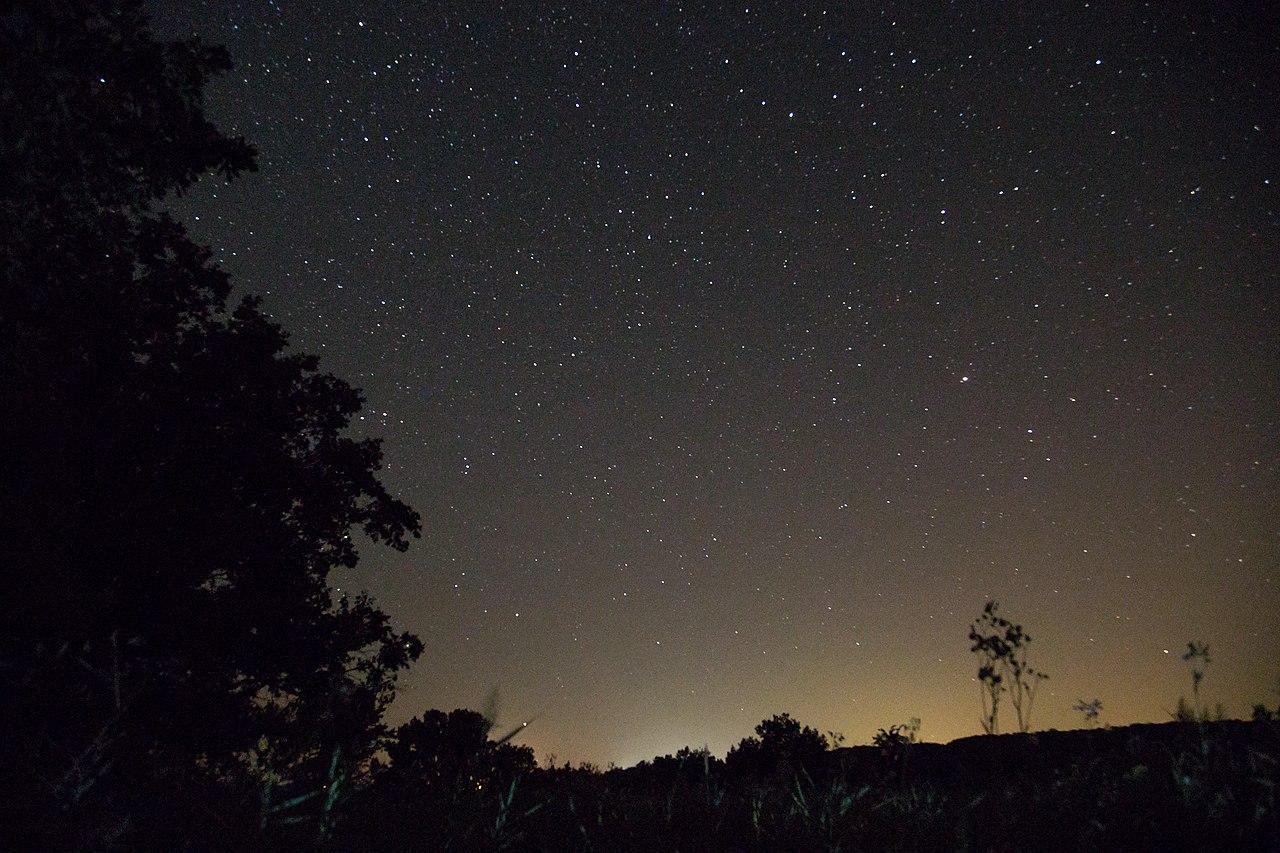
Source: Wikimedia
Make sure you have an unobstructed view of the horizon for the best experience.
What You Will See
During the parade, you’ll see Jupiter closest to the horizon, followed by Uranus, Mars, Neptune, and Saturn.

Source: Wikimedia
The moon will also be part of this alignment, adding to the spectacle. With the right conditions, these celestial bodies will appear as bright dots marching across the sky.
Essential Equipment
For the best viewing experience, bring binoculars or a small telescope.
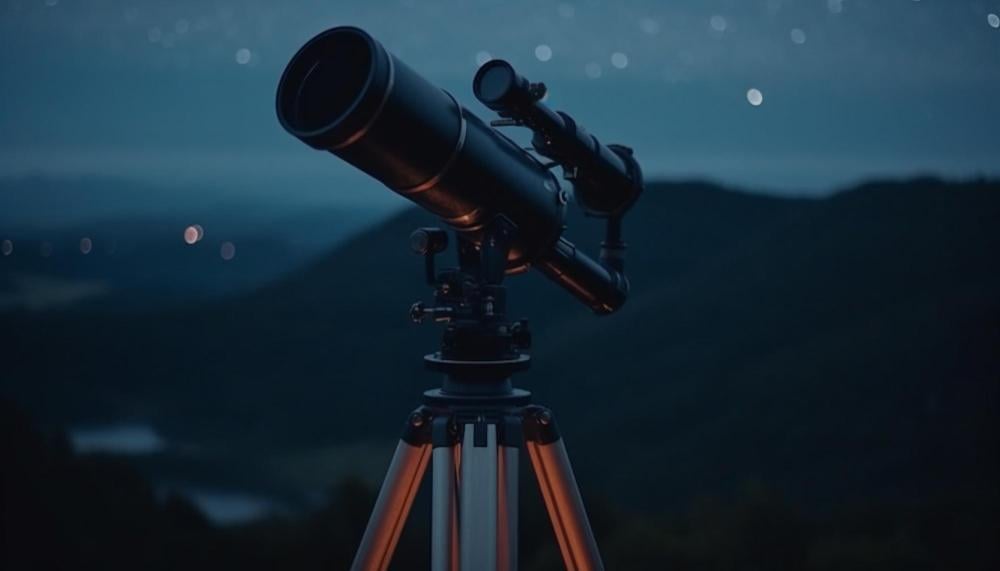
Source: Freepik
Neptune, in particular, is not visible to the naked eye and requires strong binoculars or a telescope to see clearly.
Best Viewing Spots
Finding the right location is key. Look for a place away from city lights, like a park or a rural area. High elevations can also offer clearer views.

Source: Vincentiu Solomon/Unsplash
Ensure your chosen spot has a clear view of the eastern or southeastern horizon.
Friday Viewing Option
If you can’t make it on Saturday, you may still get a good view on Friday morning, June 28.
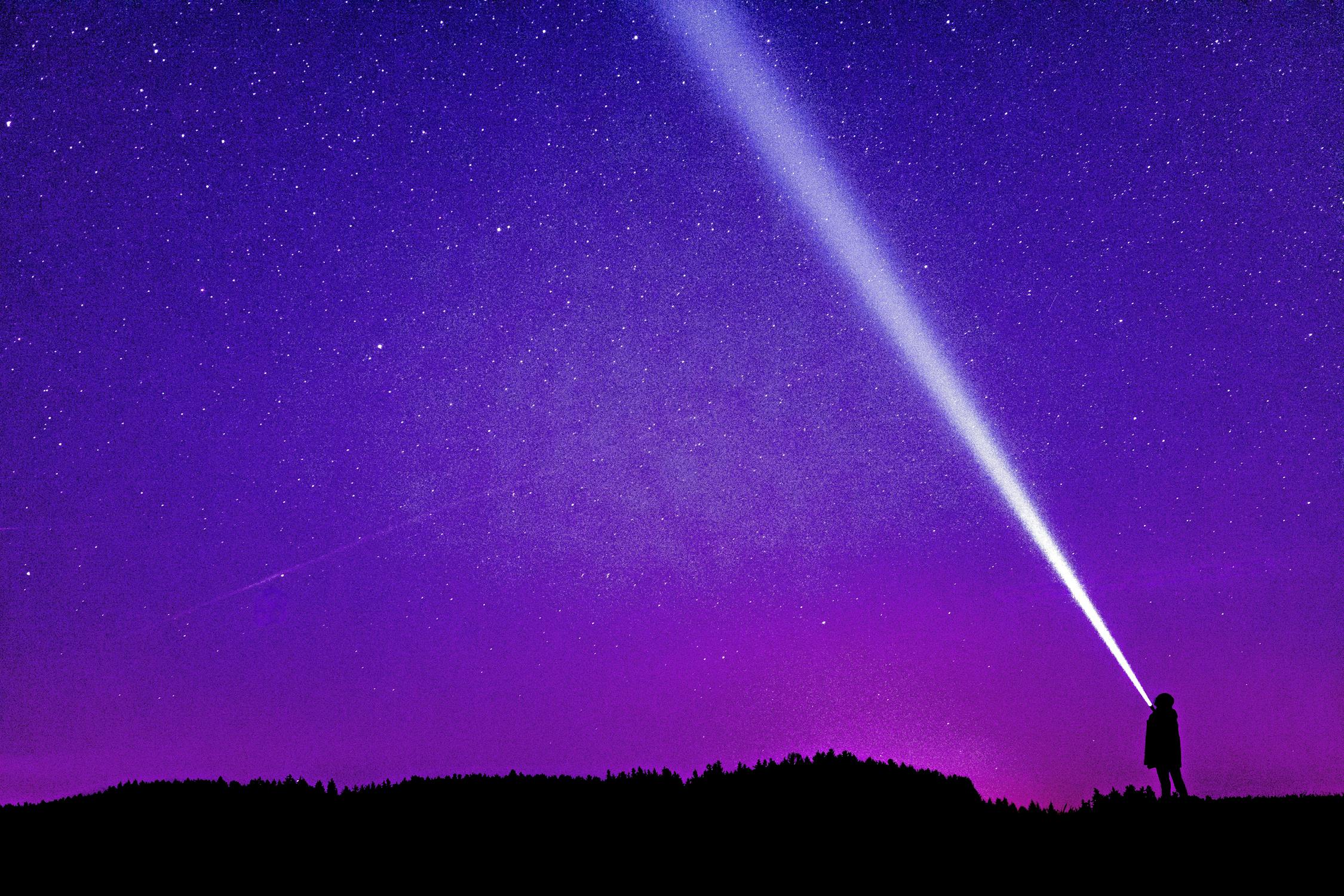
Source: Felix Mittermeier/Pexels
The alignment will be similar, but the moon’s position will differ slightly. Neptune will be right next to the moon on Friday, making it easier to spot.
Using Astronomy Apps
Turn your smartphone into a celestial guide with apps like Skyview or SkySafari Pro.

Source: Freepik
These apps help identify planets and other celestial bodies in real-time, making your stargazing experience more enjoyable and educational.
Expert Tips
Preston Dyches from NASA’s Jet Propulsion Laboratory recommends getting up early and being patient.

Source: Joshua Earle/Unsplash
He emphasizes that while the planetary parade is a fascinating event, managing expectations is important to avoid disappointment.
Why This Parade is Special
Unlike the June 3 alignment, this weekend’s parade falls on a Saturday, making it more accessible for those with busy weekdays.
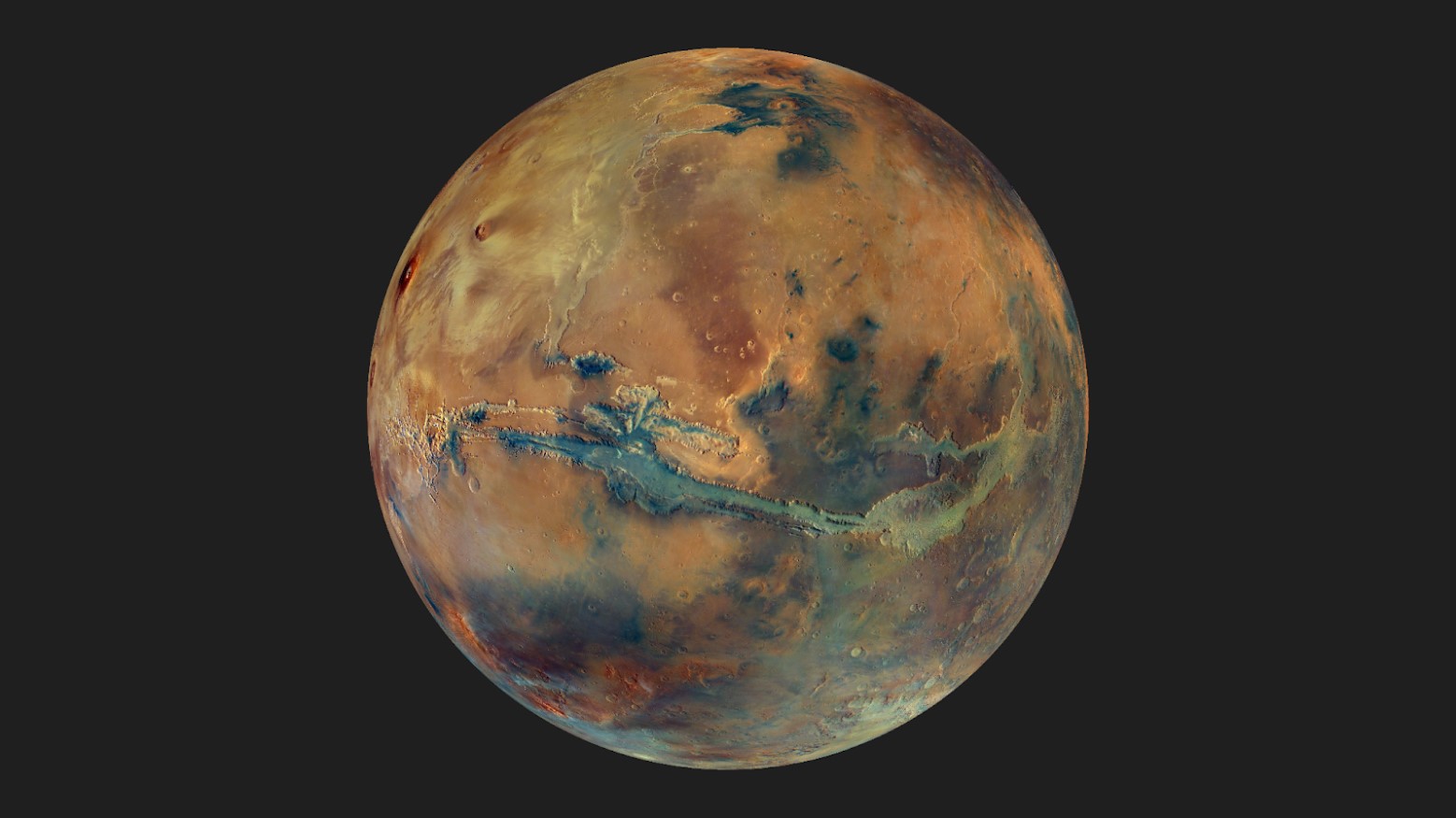
Source: Wikimedia Commons
Additionally, the planets will be higher in the sky, providing a clearer view.
Public Interest
Andrew Fazekas from Astronomers Without Borders notes an increased interest in sky-watching events like this.
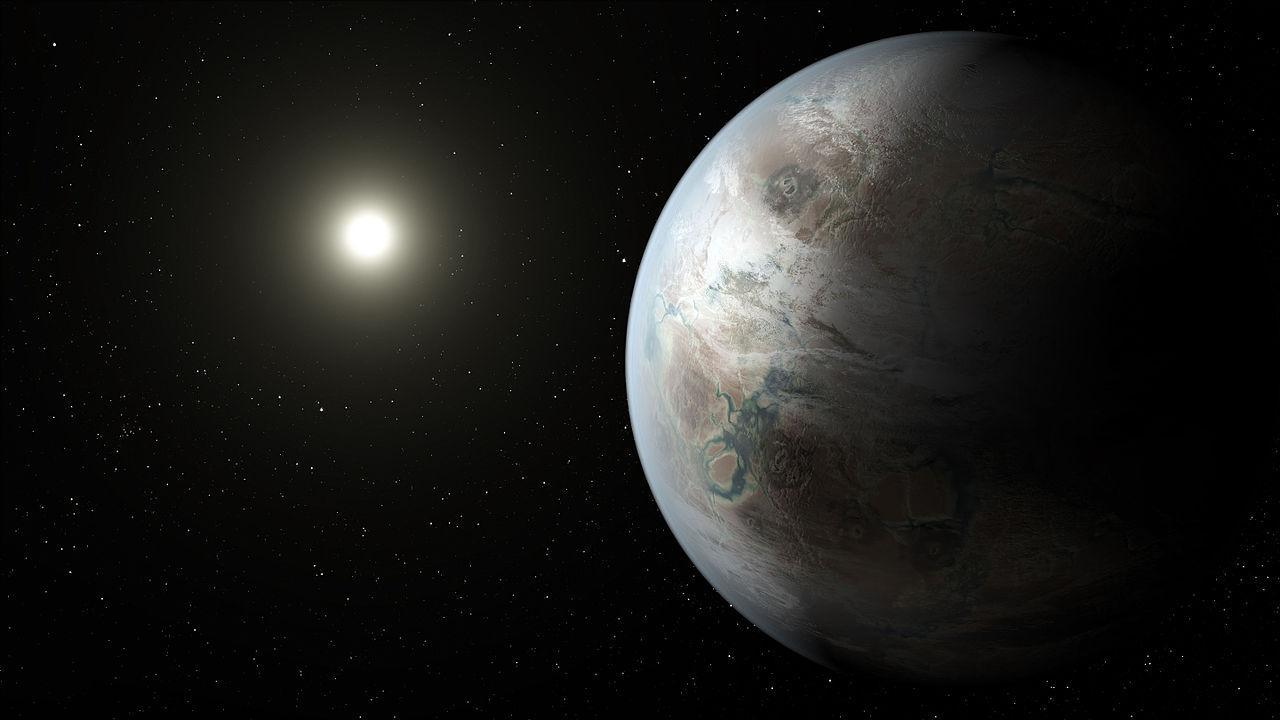
Source: Freepik
While the parade may not be as spectacular as a solar eclipse, it’s a unique opportunity for enthusiasts to witness a rare celestial event.
Staying Engaged
Even if the planetary parade doesn’t live up to the hype of other celestial events, it’s a great way to engage with the night sky.
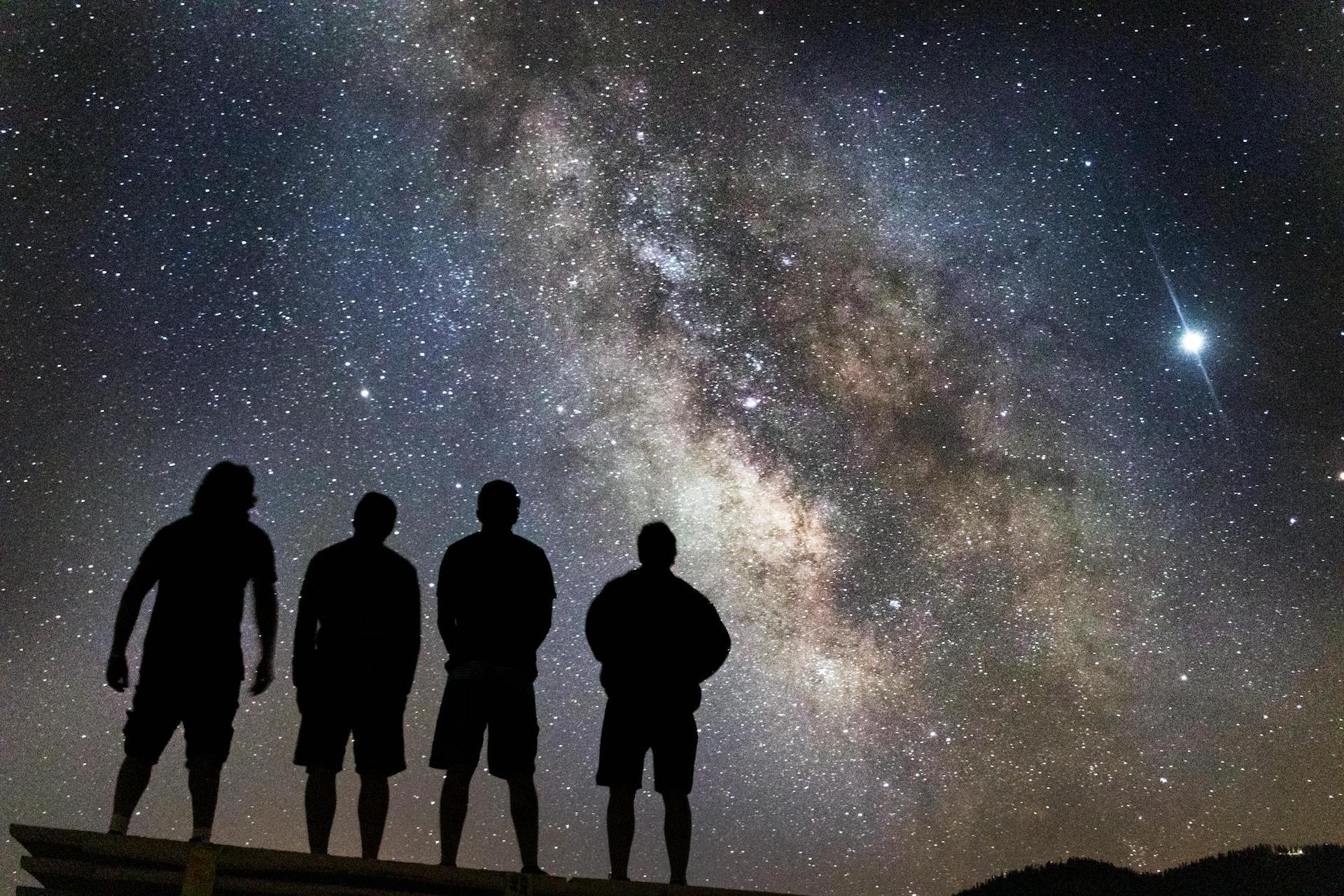
Source: Kendall Hoopes/Pexels
These events inspire curiosity and a deeper appreciation for the universe, encouraging more people to look up and explore.
